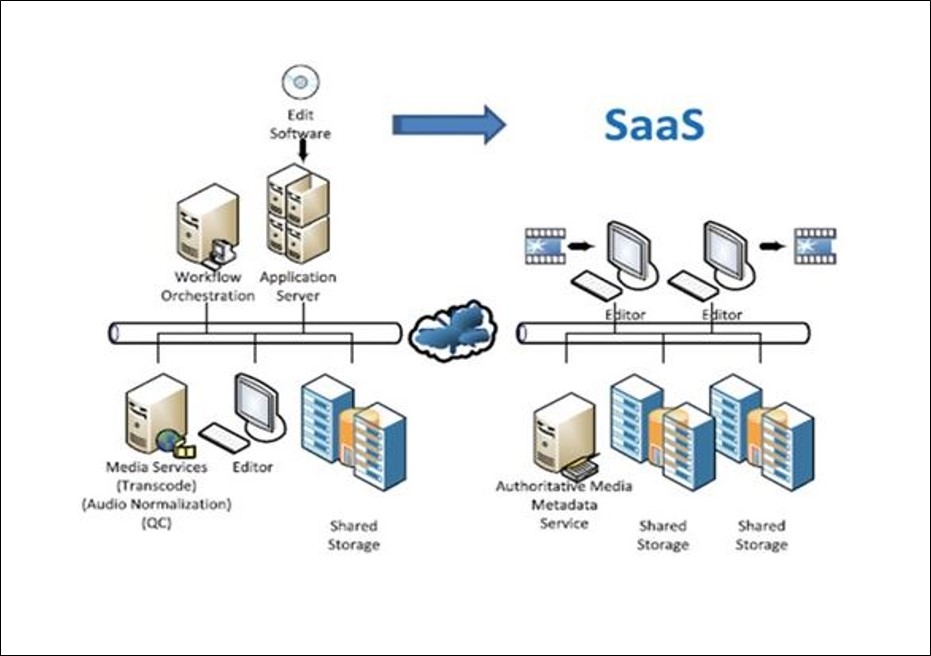FIMS is a joint initiative of the European Broadcasting Union (EBU) and the Advanced Media Workflow Association (AMWA). It is a framework of service definitions for implementing media processing using a Service Oriented Architecture (SOA) and the promotion of interoperability and reusability of services.
FIMS defines service models with associated management,error handling,communication,sense of time,andsecurity components.FIMS provides greater efficiency and flexibility, where each process can be called asa "service"in case of need and a direct connection to enterprise system becomes possible.FIMS defines openservices that are loosely coupled and allows the integration of multiple suppliers and the development of media systems"best-in-class".Services can cover a wide range of operations and allow the integration of FIMS in enterprise systems and management.In fact, it is an agile,environment easier to configure, modify, manage and governover non SOA architectures.
Initially FIMS standardized framework for the treatment of media and develop specifications for three common services: capture, transfer and transform. It is expected that other media service definitions follow.
In the FIMS framework, Figure 01 shows that the media is disjointed workflow system Digital Asset Management (DAM):

Figure 01 : The SaaS & the management of the metadata
In this Web architecture, communication between agents is to exchange messages with syntax and semantics predefined: content (representation data and metadata) and control data of each message is interpreted by the recipient via this model (Authoritarive Media Metadata Service). When supported by the communication protocol, the Web architecture uses metadata representation to indicate the intentions of the sender to the recipient how to interpret the data representation
In FIMS, a workflow orchestration server (task manager) communicates with DAM systems, services capture and transcoding through a layer of common services. Once the project is completed editing an exchange workflow server accesses multimedia services available on the network to transcode the content into other formats, control the audio modulation, a report control automated quality ... A common and standardized interfaces frame (IOW) simplify integration.
The W3C has reviewed the choice of architectural design encapsulated metadata, such as metadata provided in the fields header of a received message, as may be considered authoritative (Authoritarive Media Metadata Service).
In Web architecture, communication between agents consists of exchanging messages with predefined syntax and semantics: a shared expectation of how each message's control data and payload (representation data and metadata) will be interpreted by the recipient. When supported by the communication protocol, the Web architecture uses representation metadata to indicate the sender's intentions regarding how the recipient should interpret the representation data. For example, HTTP and MIME use the value of the "Content-Type" header field to indicate the Internet media type of the representation, which influences the dispatching of handlers and security-related decisions made by recipients of the message.
In this finding, the W3C reviewed the architectural design choice that metadata provided in an encapsulating container, such as the metadata provided in the header fields of a received message, be considered authoritative.
Comments:
From the point of view of information management, in AXIS-CSRM all metadata are translated so as to be exchanged between semantically different platforms. AXIS-CSRM is obviously able to produce AMMS (Authoritarive Media Metadata Service) if necessary.
